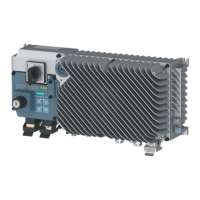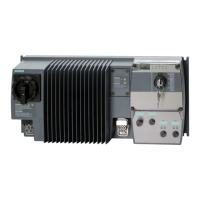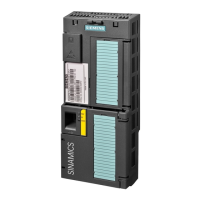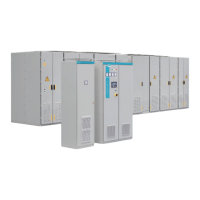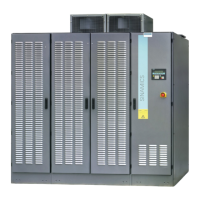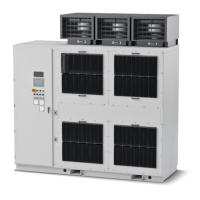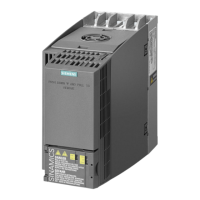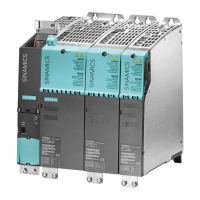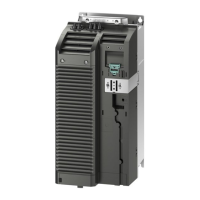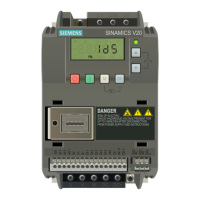04/2005 Commissioning
SINAMICS G110 Operating Instructions
6SL3298-0AA11-0BP0
49
3.4.5 Reset to Factory default
To reset all parameters to the factory default settings; the following parameters
should be set as follows:
1. Set P0010=30.
2. Set P0970=1.
NOTE
The reset process can take up to 3 minutes to complete.
3.4.6 External Motor Thermal Overload Protection
When operated below rated speed, the cooling
effect of fans fitted to the motor shaft is reduced.
Consequentially, most motors require de-rating
for continuous operation at low frequencies. To
ensure that the motors are protected against
overheating under these conditions, a PTC
temperature sensor must be fitted to the motor
and connected to the inverter control terminals
as shown in Figure 3-7.
To enable the trip function set up one of the
digital inputs using P0701 (DIN0) or P0702
(DIN1) or P0703 (DIN2) to a value of 29.
NOTE
Due to the electrical noise emitted by the PTC cables it is recommended that the
PTC cables are routed parallel to the motor cables and not the inverter control
cables.
3.4.7 Using the Digital Output
The digital output consists of an optically-isolated NPN transistor, with a rating of
24 V, 50 mA.
The optocoupler is normally used to indicate a fault, alarm or similar condition and
can be programmed for many different purposes using parameter P0731. For
details, please see the Parameter List.
The optocoupler is connected to the inverter terminal strip in the following way:
¾ Terminal No. 2 = Digital Output +
¾ Terminal No. 1 = Digital Output -
When the optocoupler is integrated into a control system, for example a PLC or a
relay control, the direction of current inside the optocoupler (from positive to
negative) must be observed.
It can therefore be connected to operate a warning light (LED) see Figure 3-8 (B)
on page 50 or an auxiliary relay, see Figure 3-8 (A), providing that those ratings are
not exceeded.
If the optocoupler is used to drive an auxiliary relay, make sure there is a
commutation diode or a similar device to absorb the inductive energy.
If the optocoupler is used to drive an LED, make sure that the current is limited by
means of a resistor.
Figure 3-7 Motor Overload PTC
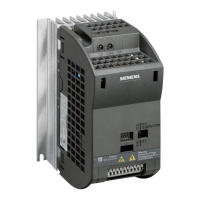
